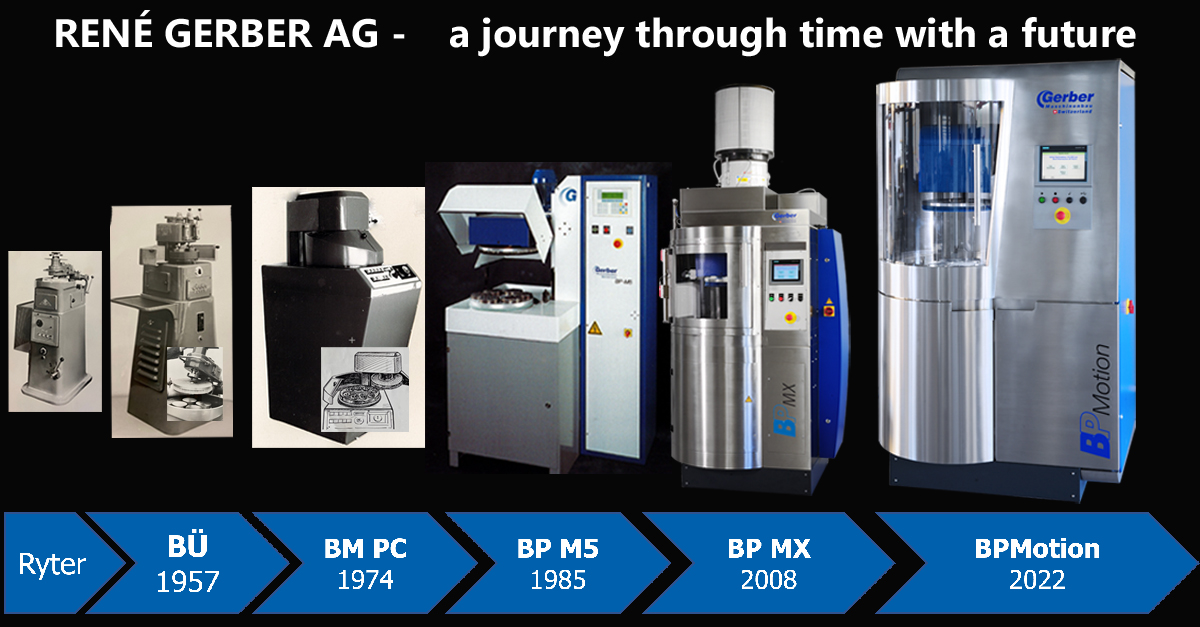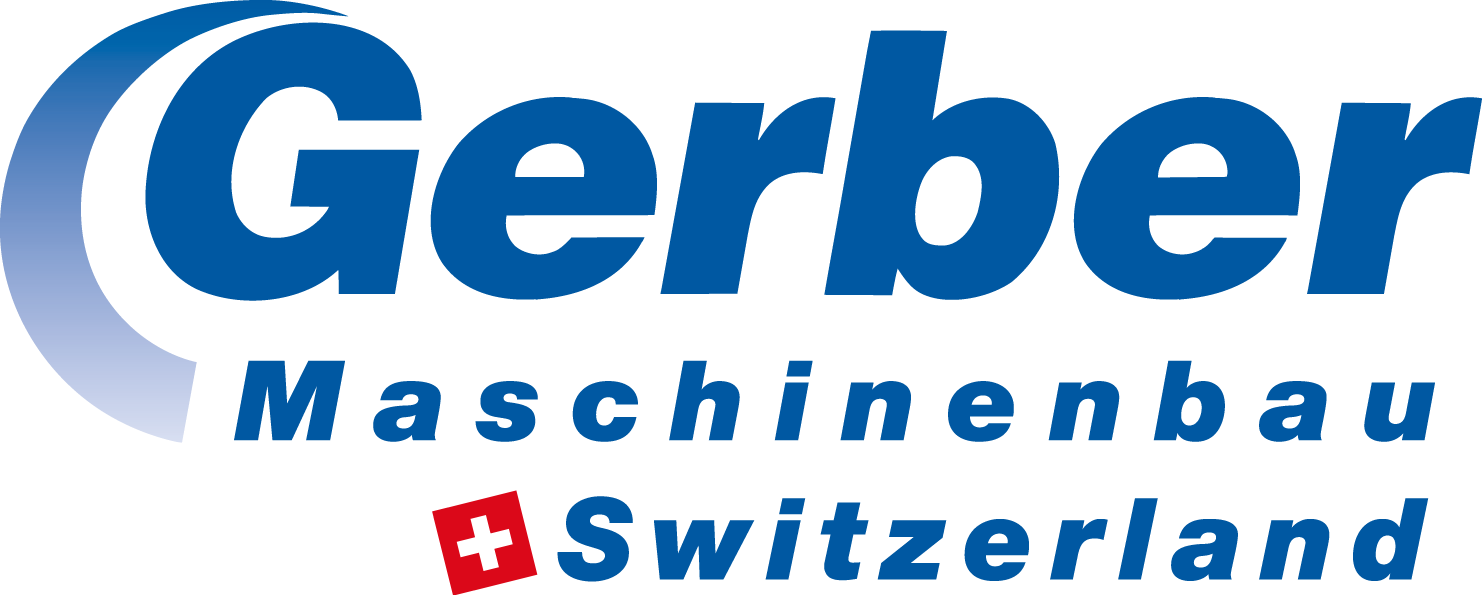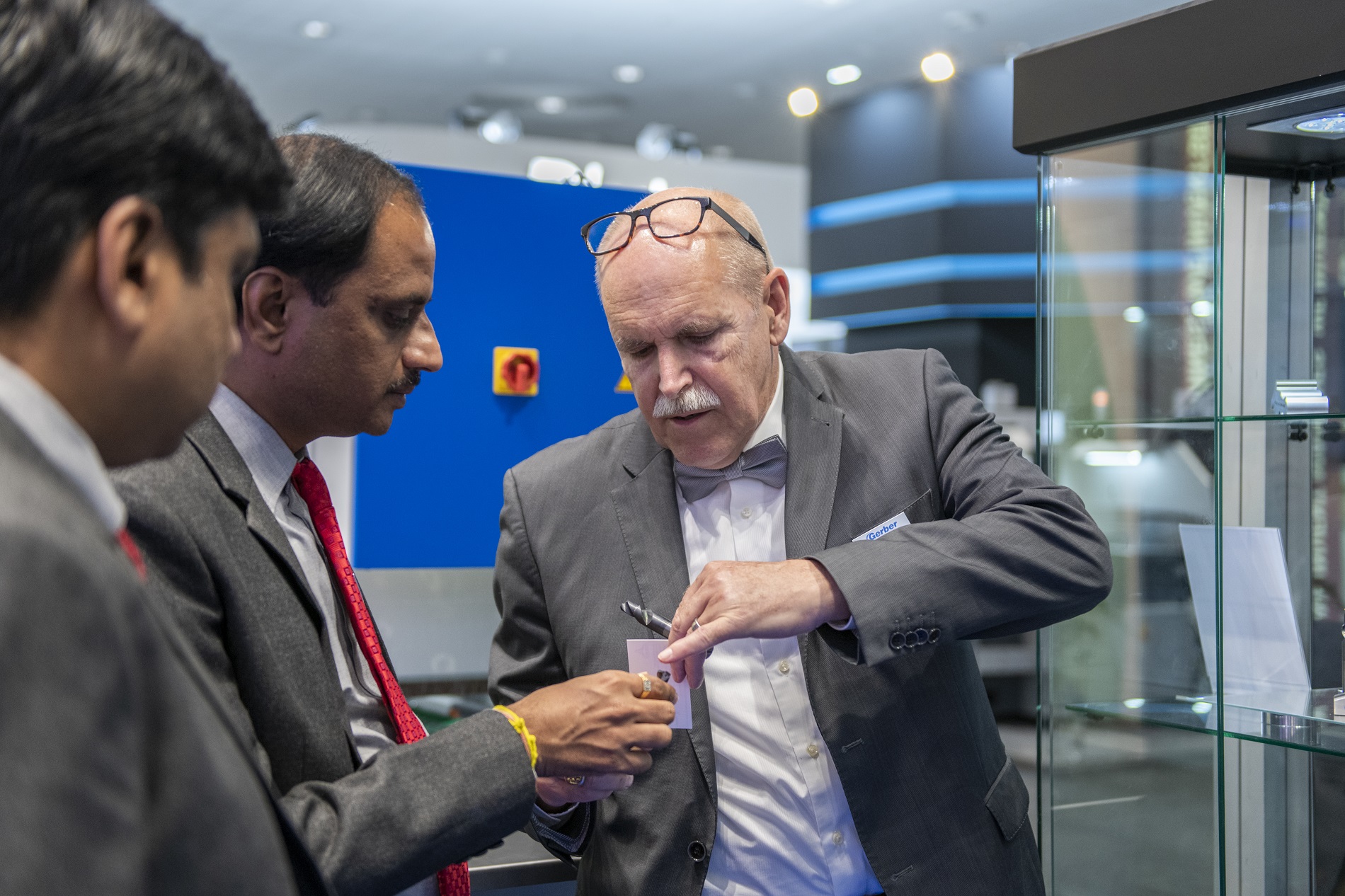René Gerber AG - a journey through time

René Gerber AG finds its origin in the watch industry
Today, René Gerber AG is the technology leader in process development and in the construction of brush deburring and edge honing machines. We have been finding successful solutions for our customers for deburring, honing, and polishing for over 65 years.
In addition to manufacturing machines for processing a wide range of materials, we are above all a long-standing equipment supplier to the watchmaking industry. René Gerber machines are mainly used to hone, and polish bearing and industrial jewels as well as sapphire glasses. This includes, among other things, cambered surfaces on jewel holes and cap stones, chamfering (biseaux) and polishing of the stones and glasses.




As early as 1700, the Swiss astronomer Nicolas Fatio de Duilier discovered the great usefulness of rubies in the manufacture of watches. In 1704, the first watch with bearings made of precious stones was produced. The process became a world sensation and is still in use today. An essential component of any precision mechanical watch is the bearing jewel. It ensures that friction losses of all moving parts are reduced to the smallest values. Functional shaped parts of the jewel serve to lubricate the axle, ensure the shock resistance of the watch, and its perfect fit into the setting. At first, mainly natural semi-precious stones such as garnet, agate or rubies were applied. Today, however, only synthetic rubies and sapphires are used.
Why? Rubies and especially synthetic rubies are considered the hardest materials next to diamonds. Therefore, they can only be processed with diamond tools. Their high resistance ensures, among other things, the accuracy and longevity of the watches. Ultra-fine polishing gives them their high-quality surface finish.
The machine industry remains faithful to the watchmaking industry - yesterday and today. Some of these machine manufacturers are leaders in the production of specialized niche products. René Gerber AG is no exception.
In 1955, the founder René Gerber started to build machines and apparatuses for the watch industry with only 6 employees. He was able to take over the Ryter company and with it the production of the first brushing machines. Back then the Swiss watch industry was already known as a symbol for know-how and precision "Made in Switzerland".
With our machines, the brushing machine type BÜ as well as the face polishing machine PP57, both from the year 1956 / 1957, René Gerber developed the first compact machines, which feature an ingenious kinematics. The brush polishing machine is already universal and productive at that time, because 4 workpiece carrier plates can be polished at once. Besides, it is easy to operate. The PP57 works with 2 workpiece plates and achieves an increase in performance for polishing wheel and plate through air cooling. The robust construction of both machines enables precise and reproducible work over the life of the machine.
To be able to process bearing stones with deep and narrow cavities (cones), the BÜ brushing machine has been equipped with a vibrating device - BÜV. Thanks to infinitely variable speed adjustment of the brush, the upper edge of the cavity is protected to the maximum. When the vibrating device is switched off, the machine converts to normal polishing operations.
In 1968, René Gerber launched the next generation of brushing machines, the BM 8. It works with 8 plates, which allows the processing of large series. It’s ideal loading position and automatic work cycle should be emphasized positively. It was advertised as very contemporary and modern at the time with "easy handling, also possible for women". It also promised the greatest accuracy, which was achieved by preloading all ball bearings, a rigid base plate and a stable polishing arm. The machine was sold almost exclusively to watch jewel manufacturers for processing rubies and sapphires.
At the same time as the launch of the BM 8, the watch industry reached its production peak at the end of the 1960s. Then, in the early 1970s, Asian quartz watches turned the market upside down. René Gerber took advantage of this phase to further develop the BM 8 and the face polishing machines and to build up a new market in the tool industry.
In 1974 (sold until 1980), the BM8-PC was born - the BM 8 with programmable controller. It features a very compact footprint. Like its predecessors, the BM8-PC brushes sharp edges and burrs, radii on edges and polishes surfaces. In 1978, the PP400 face polishing machine followed. It runs fully automatically but remains easy to operate. Electronic temperature monitoring and highly effective cooling provide a significant increase in performance.
The arrival of electronics in the watchmaking industry triggered a structural crisis in the industry with serious consequences for the Jura Arc. Although the quartz watch was well known in Switzerland, no one here believed in its success. This was not the case in Japan, which soon overtook Switzerland in the production of electronic watches. A drastic decline in the number of watches produced followed. The industry's sales volume fell to levels that had been seen in the 1940s. Therefore, not only the Swiss watch industry was forced to turn to microelectronics, but also the machine industry had to reorient itself.
In the worst year of the crisis, René Gerber developed new applications to be able to establish itself in other markets. By using diamond pastes with natural hairbrushes, it is henceforth possible to edge hone and polish special types of inserts.
After years of cooperation with various users, the BP-M series could be introduced. The BP-M brush polishing machines all work with technical brushes, which realize a reproducible material removal during the honing and polishing process. It is especially suitable for challenging shapes and high-quality requirements.
At the beginning of the 21st century, very few Swiss watch manufacturers and brands still have their own production facilities. They mostly assemble the watches from purchased components, to some extend manufactured in Asia (mechanical movements, quartz movements, as well as cases, dials, hands, and bracelets for the watch fittings).
The few manufacturers who still master all the work steps are in the luxury segment. They experienced once more a growth spurt in the watch industry, when interest in luxury watches increased massively in the early 2000s, especially in emerging markets.
Today, the luxury watch business is disproportionately dependent on Asian consumers, especially those from China. This is because mainland China accounts for a good 25 percent of Swiss watch exports, and the Asian market for almost 50 percent. Luxury goods in general - from the Swiss watch industry in the extreme - are considered a status symbol. Swiss quality coupled with exclusivity transforms luxury watches into a valuable investment.
We at René Gerber AG support the increased quality demands with our brush polishing systems and our process knowledge and benefit together with our customers from the boom in the watch industry.
With our innovative BPMotion, we have developed the perfect machine to now cover the entire spectrum of workpiece processing in the watch industry. This includes deburring of the edges of the jewel, hole and outer edge honing, cavity, and hole edge honing as well as bombés - polishing of curved surfaces. To specifically machine recesses in bearing stones has always been considered a challenge, which we have now mastered with the new servo technology of BP Motion. The servo control guarantees absolute process reliability for the best quality with increased efficiency.
Therefore - René Gerber AG – Swiss quality and reliability – your choice as best partner for deburring, edge honing and polishing!



